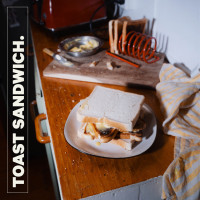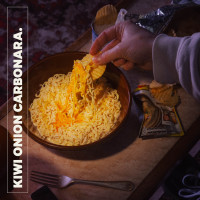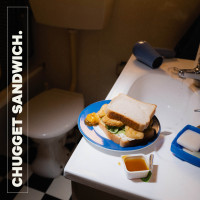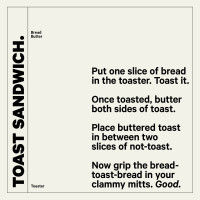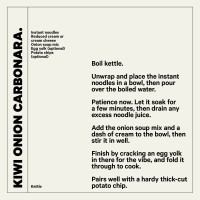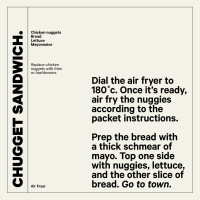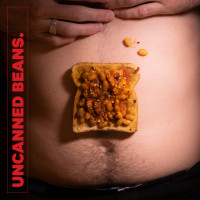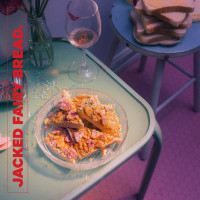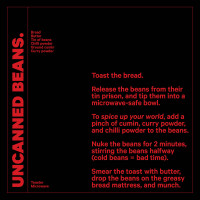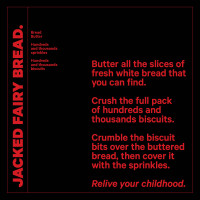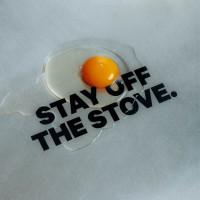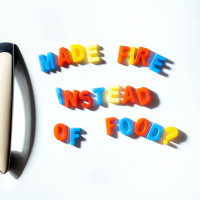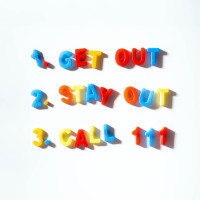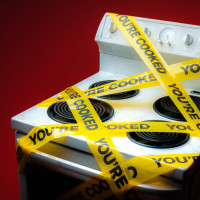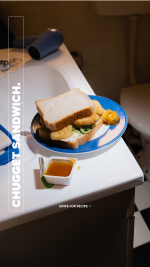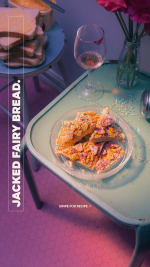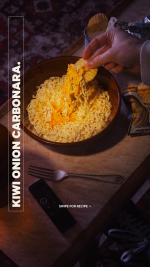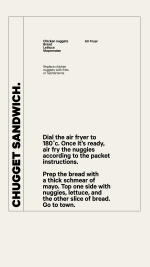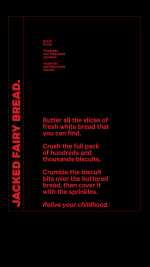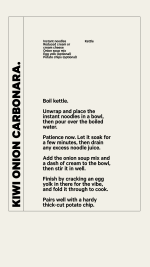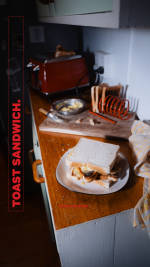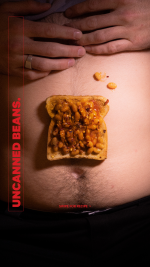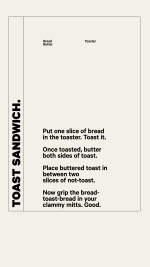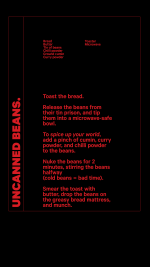On this page
-
The challenge -
The target audience -
Our approach -
Costs -
Frequently asked questions -
Campaign material
The challenge
Fire and Emergency attend an average of 4,159 residential house fires caused by unattended cooking each year. It’s the leading cause of fires we respond to and causes the most injuries.
But there are many more fires happening in New Zealand, and many more injuries, than those we respond to. Looking across other data sources (from 2013-2017), Fire and Emergency attended 1,716 incidents resulting in injury, while ACC claims from fire-related injuries over the same period was 6 times this (10,368 claims). Overall, there is a high level of understanding of the risk of leaving frying food unattended and cooking while drunk or high among the public. These are the top two perceived risks of house fire.
The issues are established. But there are still some groups that remain unmoved.
The target audience
Our fire safety campaigns are designed based on an audience mindset segmentation model - you could think of these as personas that group people by their attitudes and behaviours towards fire safety.
The ‘Disengaged’ segment make up approximately 20% of the population. They are more likely to be male, young, working and living in big cities in shared rental accommodation. In terms of their attitudes and behaviours, they:
- Have a relaxed approach to life
- Actively avoid worry
- Live in the here and now
- Tend to be reactive
- Don’t recognise fire safety as an issue
Our tracking research shows that the ‘Disengaged’ don’t see the behaviour of leaving food frying unattended, or cooking while impaired, as risky and therefore they do it.
This audience is hard to reach with traditional messages and channels. They don’t like being told what to do, they don’t fear fire, and any perceived lack of authenticity is an immediate turn off.
Our approach
‘You’re Cooked’, our disruptive campaign to influence this segment, was designed to be unmissable and put fire safety on the radar for the ‘Disengaged’ in a way that feels relevant - it’s not our job to tell them to stop drinking or smoking, but it is our job to stop them from frying afterwards. We know through research they’re going to cook whether impaired or not, so we will encourage them to do so safely by helping them to “stay off the stove”.
We designed a suite of recipes catering specifically for drunk and/or high chefs. Simple, delicious, and requiring absolutely no stovetop frying (or oven use). Our recipes are the backbone of our campaign - living online(external link) and in a physical and digital cookbook(external link)
We created our own mobile test kitchen and took it for a night out in Auckland and engaged real punters to show them they can forget about the stove for their late-night feed, gathering plenty of content we can use to amplify our campaign – and our message – over time.
Year One Campaign Results
The results, measured via our always-on tracker 11 months since the campaign’s start, show the campaign has driven sustained changes in behaviour among the Disengaged, far exceeding our targets, by 2x or 3x the target. We’ve seen:
- a decrease in claimed behaviour of leaving frying food unattended among the Disengaged from 33.7% pre-campaign to 24.8% in 12 months. A change of -9pp, 3x the target of -3pp.
- a decrease in leaving stovetop cooking unattended among the Disengaged from 51% pre-campaign to 39.4% in 12 months. A change of -12pp, 2x the target of -5pp.
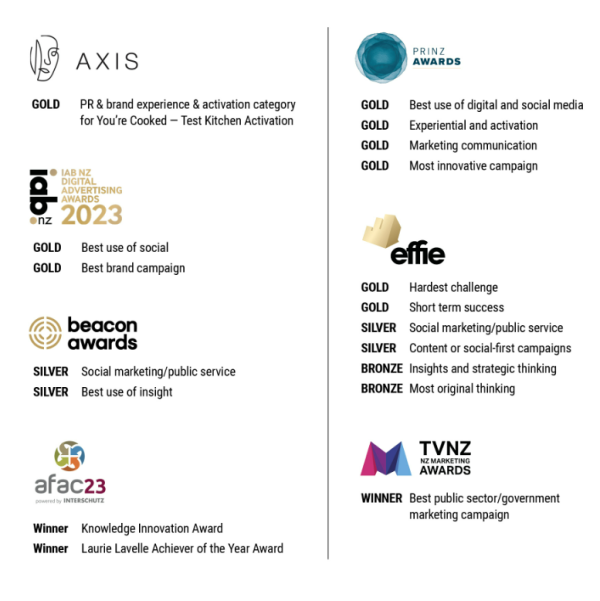
Year Two of You're Cooked
Exactly one year on, Year Two of the You’re Cooked campaign kicks off on 27 November, through to the middle of February 2024. The Disengaged continue to be the focus of our mahi (work), however, while the first year of the campaign was a success, there remains a significant portion of the Disengaged who are not aware of the campaign, so our core strategy is to ‘sweat our assets’ and continue to reach and engage more of our target audience.
The campaign will continue to use channels that allow us to reach our audience in their ‘pre-cooked’ and ‘cooked’ moments – social and digital channels including TikTok, Instagram, YouTube and Tinder, and out-of-home, radio and bottle store media.
Click here for our campaign one-pager [PDF, 564 KB]
The concept is evidence-based, has been tested with the target audience and our people and is designed to become a long-term platform to deliver our unattended cooking messages.
Success will be measured by:
- 5p.p. drop in claimed incident of leaving stovetop cooking unattended among the Disengaged.
- 3p.p. drop in claimed incidence of leaving frying food unattended among the Disengaged.
Year Three of You're Cooked
The ‘You’re Cooked’ campaign has been successful in shifting the unattended cooking behaviours of the Disengaged and the Intenders, as well as reducing the incidence of unattended cooking fires in Aotearoa.
To re-engage and further embed the desired behaviours, so staying off the stove if under the influence becomes simply the way our audience do things, we’re dialling up the recipe content in year three.
Leveraging the popular and compelling recipes from our ‘Cooked Book’, we’re extending our campaign into a format that the Disengaged, and wider culture, is deeply familiar with – online cooking videos.
From 16 December 2025, the campaign will continue to target our audience in their ‘pre-cooked’ and ‘cooked’ moments. ‘Pre-Cooked’, our ads will be seen in petrol stations, liquor stores, radio and social and digital channels including Facebook, Instagram, TikTok and Tinder. Digital billboards nearby to key drinking areas, coasters and posters in bars, online video, in-app Uber ads, and online music platforms will allow us to encourage our audience to make better choices in ‘cooked’ moments.
Success will be measured by:
- 3p.p. drop in claimed incident of leaving stovetop cooking unattended among the Disengaged.
- 3p.p. drop in claimed incidence of leaving frying food unattended among the Disengaged.
Costs
The budget for the ‘You’re Cooked’ campaign is approximately $400k in FY2024/2025.
Frequently asked questions
‘Cooked’ refers to an altered state of being, whether it be chemically enhanced or a result of sleep deprivation and/or sensory overload. Usually occurs in the midst of and/or aftermath of a rowdy social engagement or bender.
The ‘You’re Cooked’ chefs are regular members of the public, who stopped by our Test Kitchen during a night out to have a laugh and make one of our fire safe recipes. To ensure the safety of both participants and crew, we used the SCAB tool, designed by NZ Police and hospitality stakeholders, to identify level of intoxications and/or impairment in licensed premises across New Zealand. Once we knew what content we wanted to share with the public as part of the campaign, we reached out to all those featured to and gained their written permission and offered a fair wage. The Firefighter featured is one of our Qualified Firefighters, based in Auckland.
The ‘You’re Cooked’ cookbook is not currently for sale, but you can view the digital version of the cookbook(external link) online. If you see our people out at community events, they may have a mini version with them to giveaway.
Recipe Book
You can view and share the digital version of our cookbook(external link) online.
Videos
| You're Cooked 2024 | |
| Recipe #9 Toast Sandwich | |
| Recipe #23 Kiwi Onion Cabonara | |
| Recipe #27 Jacked Fairy Bread | |
| Recipe #10 Chugget Sandwich | |
| Stay Off The Stove | |
Social
We welcome our partners to re-share our content through their own channels, alongside our key messages.
Key messages
- 50% of fatal house fires involve alcohol or drugs
- 1 in 4 house fires start in the kitchen
- It’s easy to get distracted if you’re under the influence of drugs or alcohol
- If you’re cooked, stay off the stove
- Stay off the stove
- Recipes to cook if you’re drunk of high: yourecooked.nz(external link)
Radio
Listen to the ‘You’re Cooked’ radio ads.
| Girls stay off the stove 30 second ad [MP3, 1.1 MB] | Chugget sandwich 30 second ad [MP3, 1.1 MB] | Toast sandwich 30 second ad [MP3, 1.1 MB] |













